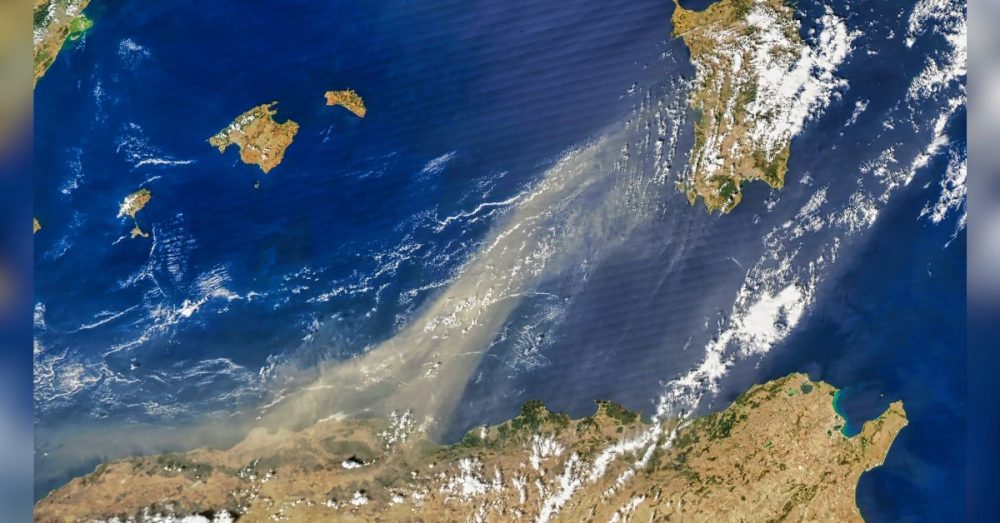In what has become an annual occurrence, a new wave of Saharan dust has arrived in Texas due to the Earth’s natural wind patterns, bringing hazy skies with it.
The dust from the Sahara Desert in Northern Africa can be transported thousands of miles, reaching as far as North and South America, according to the CDC. Thunderstorms and cyclones lift the dust into the atmosphere. The phenomenon mainly affects southern continental states, such as Texas and Florida. The pattern usually peaks between late June and mid-August.
“It is typical in the summertime that we do see the upper-level winds that are able to transport the Saharan dust … as far west as Texas and further north,” Bianca Garcia with the National Weather Service in Fort Worth previously told The Dallas Express.
“But it is tied to the upper-level wind pattern that we’re seeing extending all the way from the United States, all the way up towards … the African continent.”
According to UNT Geosciences Professor Alexandra Ponette-Gonzalez, the plumes, which are rich in the element phosphorus, a nutrient needed for plant growth and development, are beneficial to the soil.
“The same way that some forms of water are available to humans [like freshwater] while others we can’t drink [like salt water],” Ponette-Gonzalez said. “There are forms of phosphorus that are ‘available’ and usable by plants.”
The dust can be irritating to Texas residents with asthma, chronic obstructive pulmonary disease, or other lung conditions but otherwise does not pose any health hazard, reported WFAA. The hazy skies that the dust produces often make for beautiful sunsets.
A cold front is expected to move in later this week, likely bringing rain to the area. Rain helps remove the Saharan dust from the air.


